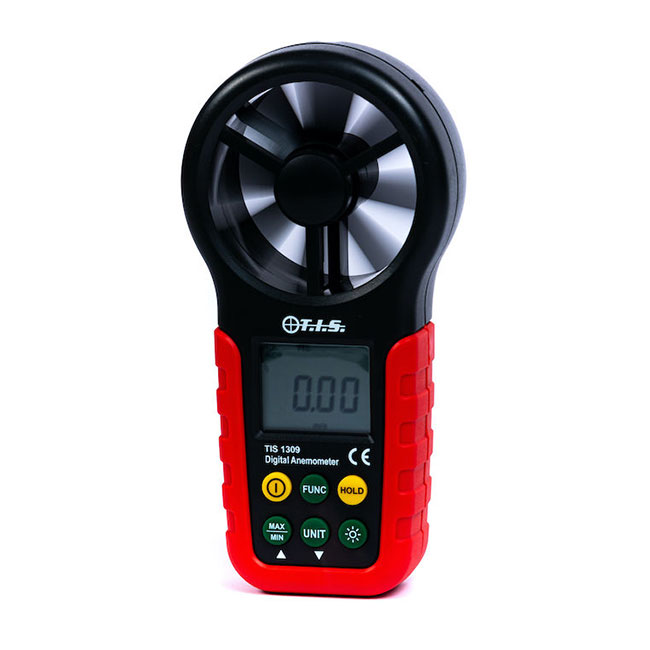The measurement of how air moves and behaves is important in many different industries. In particular this is closely monitored in the HVAC sector, but also in the automotive and electronics sectors and in meteorology. Air velocity is the measurement of wind speed, and is combined with other factors, such as air pressure, air temperature and air flow to provide an overall picture of air behaviour.
Air velocity – a definition
So the definition of air velocity is a measurement of how fast air is moving in a specific location, and is normally expressed in metres per second, or feet per minute. When measuring air velocity we are quantifying the rate of the displacement of air, therefore this measurement indicates how fast air molecules are moving from one specific point to another. In an HVAC system, for example, this would tell us whether the system is working to its design capabilities in a maintenance or troubleshooting exercise.
Air velocity can be affected by influences such as temperature and pressure, or obstructions in the path of the airflow, and is directly related to airflow. This is demonstrated by the equation Q=AV, where Q = airflow, A = a cross-sectional area and V = air velocity.
How do we measure air velocity?
We would normally measure air velocity using an anemometer. This is a compact, handheld device that can measure most air characteristics, such as velocity, flow, volume, pressure and temperature. The most popular type of anemometer is the vane anemometer. This uses vanes to detect changes in the physical conditions presented by air, by inserting the instrument directly into the airflow.
The vanes act and look like a fan, and therefore the anemometer becomes a mechanical device which rotates when airflow is sufficient. The vanes catch the air and measure the force required to do so. Essentially, the vanes are working like a miniature turbine, and they are generating electrical current. The anemometer is able to measure the electrical current generated and convert it into a chosen reading, ie. in this case the air velocity. A digital display on the front of the anemometer will then show this air velocity in the chosen unit of measure.
Why are digital anemometers used for measuring air velocity?
A digital anemometer such as the TIS 1309 supplied by Test Instrument Solutions is a vane anemometer with a digital display. This is the most common instrument used to measure air velocity because:
- It is easy to use
- It provides a quick reading which is good for situations where several spot checks are required
- It provides a wide range of air velocity readings, such as low to high air speeds, meaning it is a versatile unit suitable for working in many different industries and environmental settings.
Check out the environmental test instruments from Test Instrument Solutions
An anemometer is just one of a range of test instruments used to measure environmental conditions, which include light meters, sound level meters and contact and non-contact thermometers. Check out our range and order your environmental test instrument today.
Please note that this section is for information purposes only. Anyone using equipment referred to in this section must be suitably qualified and/or experienced within the respective field. If in doubt before use, please consult a qualified electrician or engineer & thoroughly read all instruction booklets.